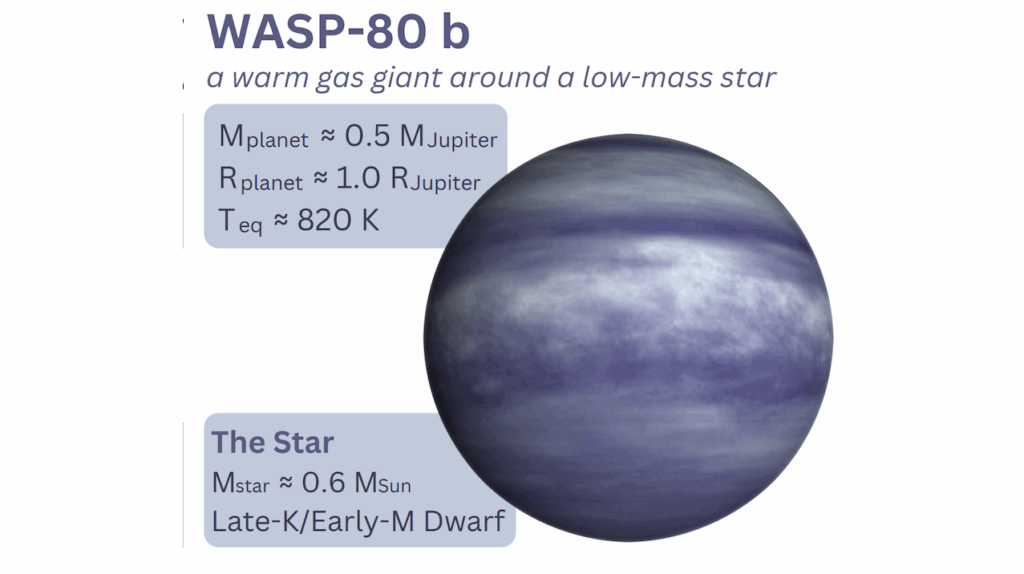Transmission Spectroscopy of the Earth-Sun System to Inform the Search for Extrasolar Life

Upcoming NASA astrophysics missions such as the James Webb Space Telescope will search for signs of life on planets transiting nearby stars. Doing so will require co-adding dozens of transmission spectra to build up sufficient signal to noise while simultaneously accounting for challenging systematic effects such as surface/weather variability, atmospheric refraction, and stellar activity.
To determine the magnitude and impacts of both stellar and planet variability on measured transmission spectra, we must assess the feasibility of stacking multiple transmission spectra of exo-Earths around their host stars. Using our own solar system, we can determine if current methodologies are sufficient to detect signs of life in Earth’s atmosphere and measure the abundance of habitability indicators, such as H2O and CO2, and biosignature pairs, such as O2 and CH4. We assess the impact on transmission spectra of Earth transiting across the Sun from solar and planetary variability and identify remaining unknowns for understanding exoplanet transmission spectra.
We conclude that a satellite observing Earth transits across the Sun from beyond L2 is necessary to address these long-standing concerns about the reliability of co-adding planet spectra at UV, optical, and infrared wavelengths from multiple transits in the face of relatively large astrophysical systematics.
L. C. Mayorga, J. Lustig-Yaeger, E. M. May, Kristin S. Sotzen, Junellie Gonzalez-Quiles, Brian M. Kilpatrick, Emily C. Martin, Kathleen Mandt, K. B. Stevenson, N. R. Izenberg
Comments: 13 pages, 8 figures, accepted to the Planetary Science Journal
Subjects: Earth and Planetary Astrophysics (astro-ph.EP); Instrumentation and Methods for Astrophysics (astro-ph.IM); Solar and Stellar Astrophysics (astro-ph.SR)
Cite as: arXiv:2107.13652 [astro-ph.EP] (or arXiv:2107.13652v1 [astro-ph.EP] for this version)
Submission history
From: Laura Mayorga
[v1] Wed, 28 Jul 2021 21:44:29 UTC (2,250 KB)
https://arxiv.org/abs/2107.13652
Astrobiology








